Mushrooms in the Desert? I Have Pictures!
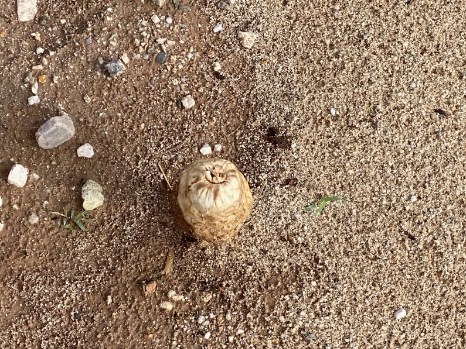
Living in the Sonoran Desert, I don’t often see mushrooms. Sometimes, fungus appears on the trunks of dying trees, but that’s not often. This year, Tucson has had a very wet monsoon season, which is wonderful after years of severe drought. Along with the greening of the vegetation, the abundance of rain has brought forth […]
Happy Birthday, Exuma!
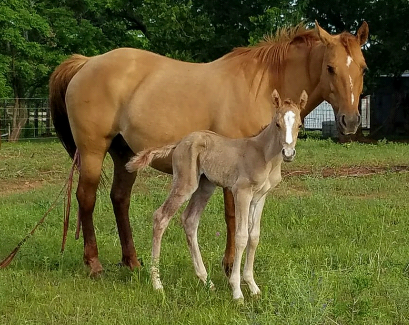
Since my mare, Button, is approaching retirement from being a saddle horse, I decided to get a younger horse to take over her work. That is how Exuma, a Quarter Horse gelding, came into my life. Exuma was born on April 28, 2017. Today is his fourth birthday! Above photo courtesy of D. Iman He […]
Singing While Wearing a Mask? I Can Now!

I have a music degree along with my science degrees. I’ve enjoyed singing and performing on stage throughout my life. People on stage or in concerts are often told to sing out, project to the audience. Singers are extolled for singing to the last row or to the balcony, so that everyone can hear them. […]
What I Learned from My First ‘Facebook Live’ Presentation
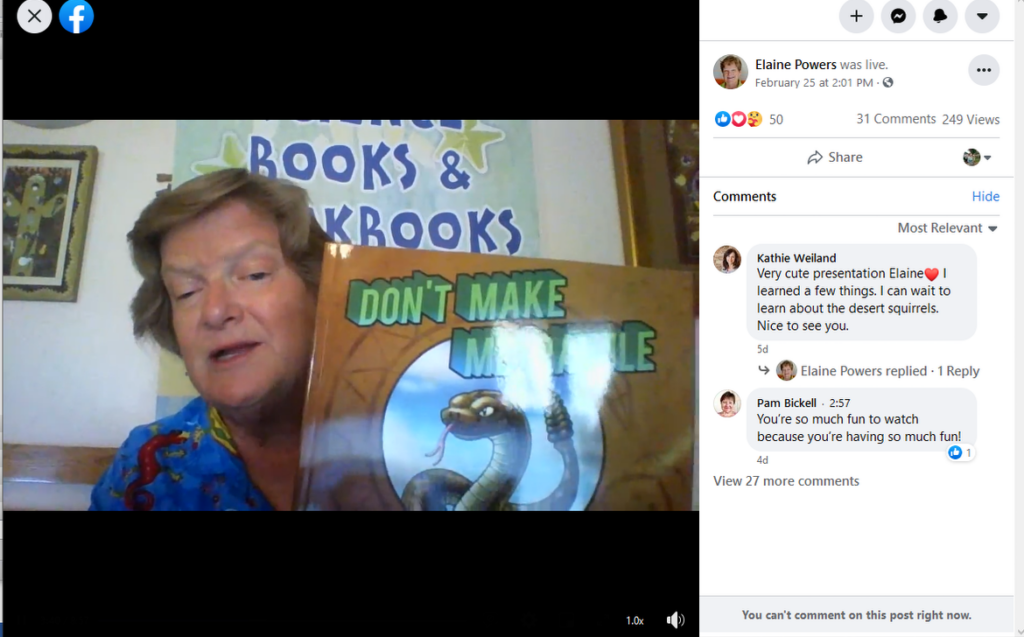
One of my activities that I love is taking my reptile family members to schools for sharing. I can talk about reptiles for hours. Of course, with the pandemic, I’m not able to do these live presentations for now. I’ve offered to present my reptiles using Zoom meetings, but then decided I might try a […]
February 25th is Book-Birthday Day!
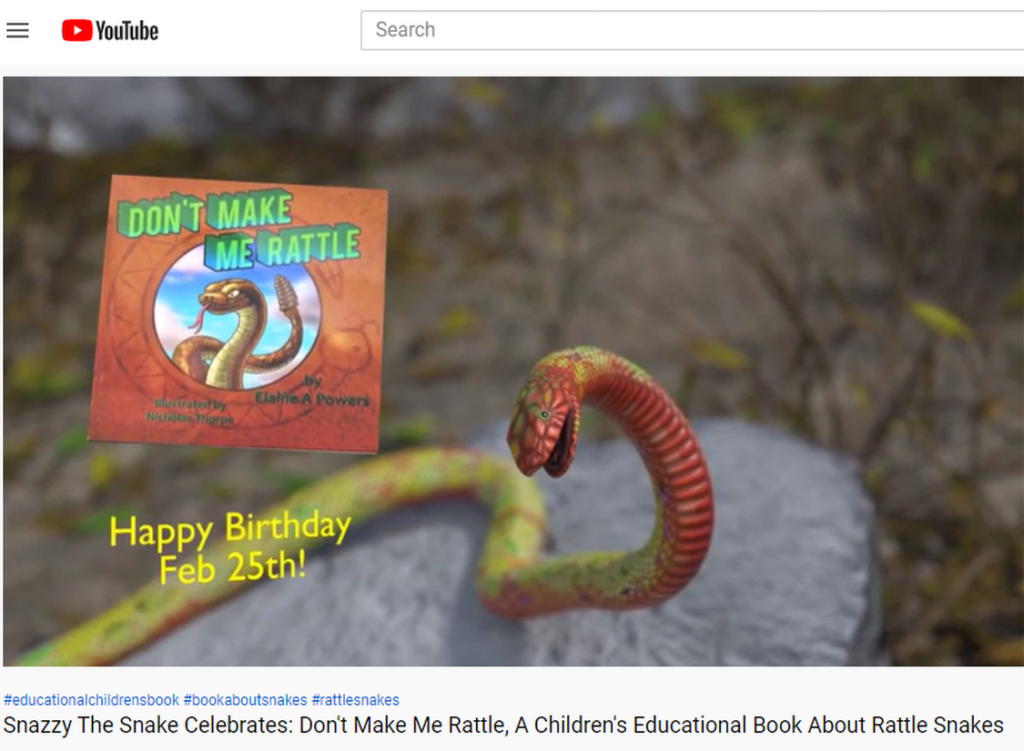
Snazzy the Snake is celebrating! February 25th is the birthday of Don’t Make Me Rattle!, the rhyming book by author Elaine A. Powers full of rattlesnake facts and vibrant illustrations. While Elaine writes to make science education fun, she writes particularly about rattlers so we will respect, not fear, them. They are shy creatures who […]
Horse Care, Sirens, and a Desert Singalong
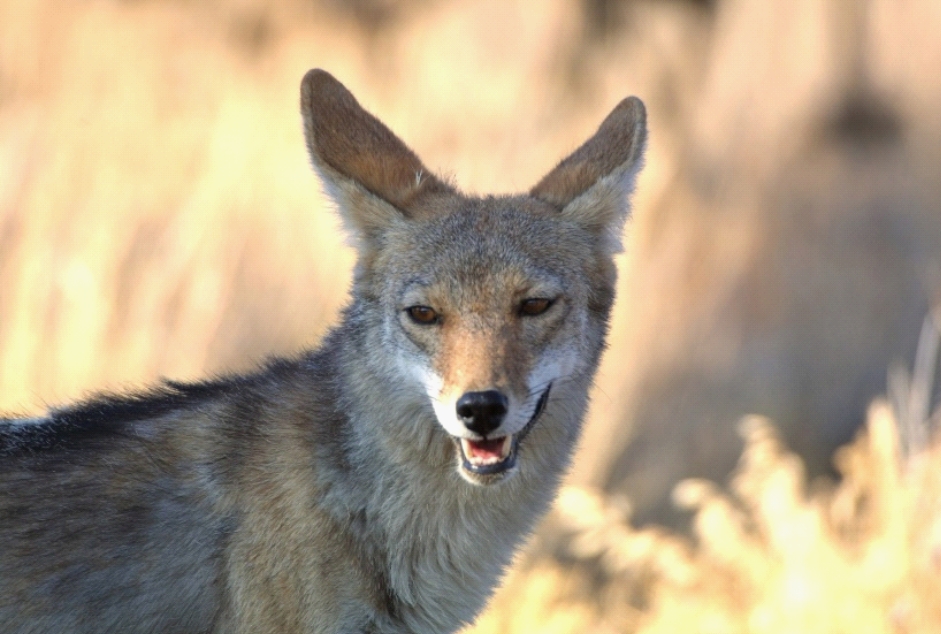
One afternoon about 3:00 p.m., I heard sirens on a nearby main road. The sirens went on for quite a while and included several pitches. The vehicles probably included those from the police and fire departments, and perhaps an ambulance. I listened as I brushed my horse, Button. She turned to listen to the noise, […]
February 1st is National Serpent Day!
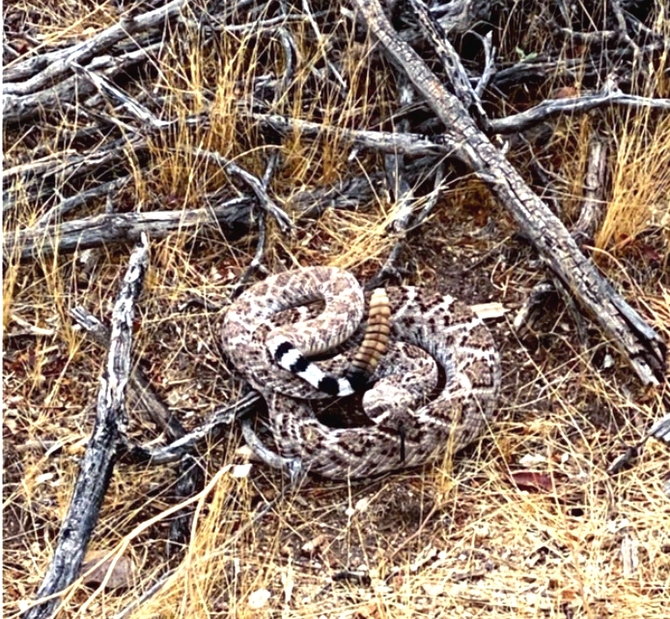
I came across this beauty, a Western Diamondback Rattler, on a recent ride in the Sonoran Desert. Ooh, February 1st is National Serpent Day! Some of my favorite animals are serpents. I grew up with snakes as family pets, mostly garter snakes, because my brother was allergic to fur. We cuddled them like you would […]
Drawn to the Amazing Singing Wind Bookshop
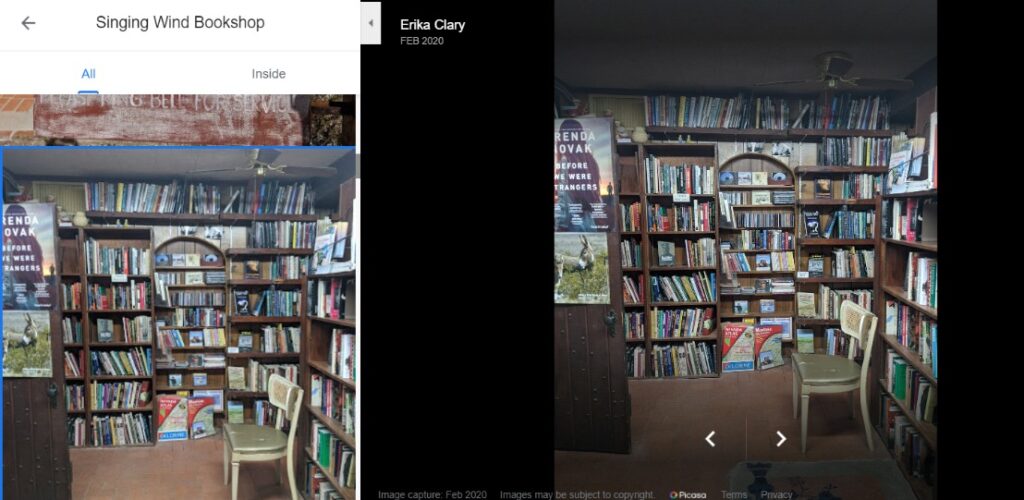
Bookshop Photo by Erika Clary Writing a book is often the easiest part of “the book business.” Unfortunately, due to the hours lost to writing, the author then has to market her work, even, in our times, if she is traditionally published. As scary as it is to go to bookstores and ask the manager […]
To Illustrate or Not? Yes–Absolutely!
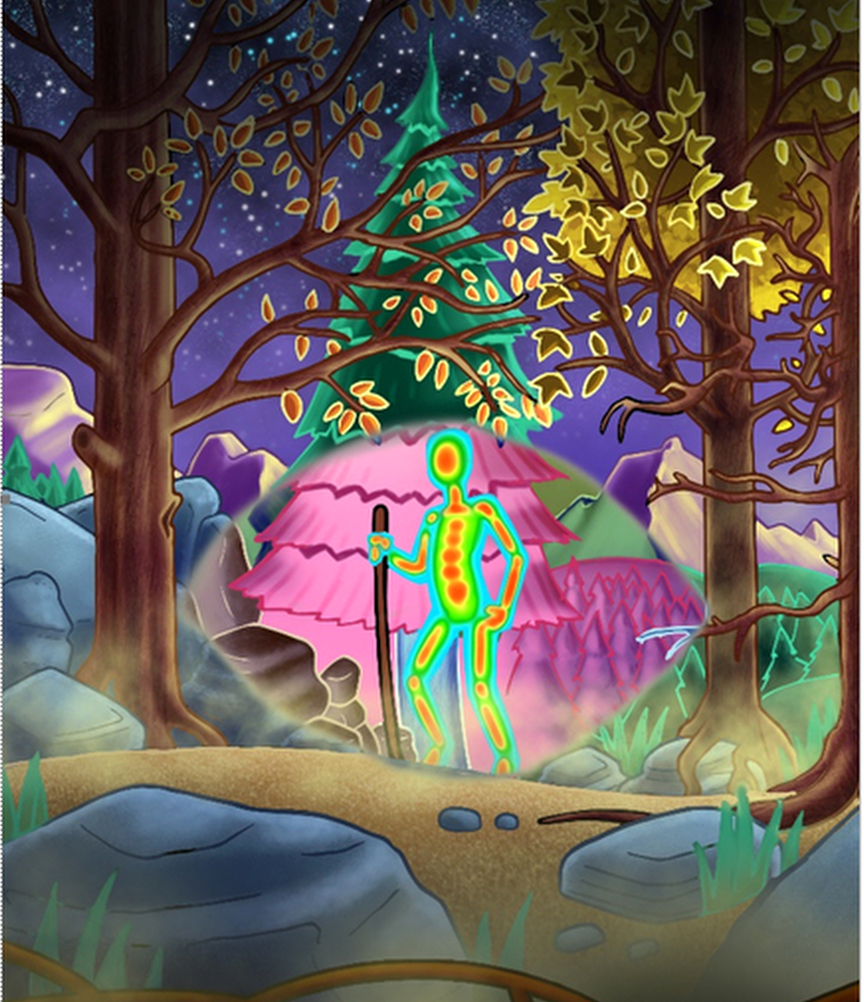
In the above illustration from Don’t Make Me Rattle! the reader can see the heat-sensing ability of rattlesnakes. I’ve been at odds with some of the ideas of traditional publishers lately. First is the preference to avoid rhyming in picture books. Personally, I feel picture books should always rhyme. I don’t think Dr. Suess would […]